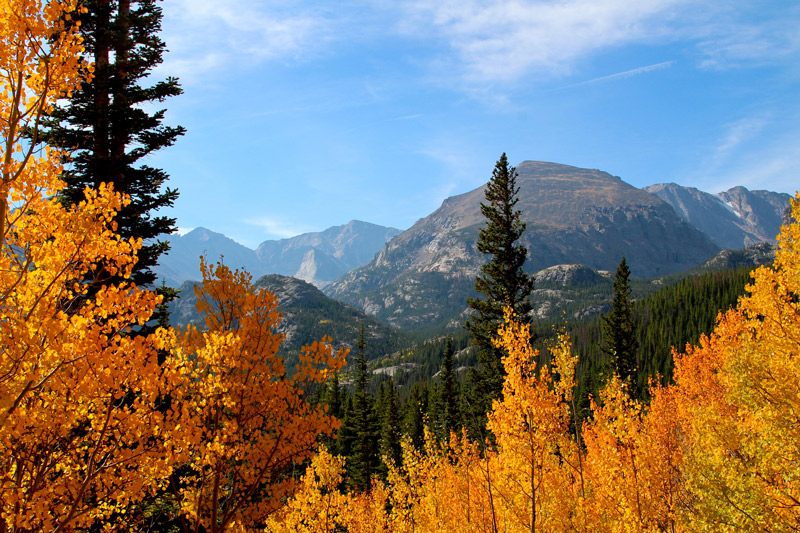MP writes:
“So, here’s a question you might know the answer to. We live in the Rockies, Zone 5a, and about half my property is up some fairly steep hills/mountainside. Base elevation is 6800’ and it goes up from there. I’ve started thinking that information about how indigenous peoples garden in mountainous regions might be useful here. I’m looking for permaculture-esque but also erosion control + edible. Can you think of any resources I might start with regarding that topic? Books or etc? Sure do appreciate it! Thanks, David!”
Any of you have any suggestions for her? This is outside my expertise.
*image at top, Creative Commons license, courtesy One Day Closer


4 comments
I’m also in the Rockies in Zone 5a (Colorado Springs), though I am but a beginner gardener.
You already posted one article that probably has some relevance here: http://www.thesurvivalgardener.com/waffle-gardening-method-arid-climates/. The indigenous methods relating to climate (water conservation), topography (terracing for erosion control), and plant selection are particularly relevant, depending on where in the Rockies she is located.
Your Pushing The Zone book is also relevant. In terracing my sloping back yard, I used large boulders which retain heat and help in extending the growing season as well. If these concepts can be front-loaded into her planning for growing edibles, she’ll be well ahead of the game.
She can also check with her county extension office, such as this one for El Paso county. There’s a lot of experience and resources available from such websites that will be applicable to her own situation.
I gardened for 25 years in your conditions in western slope Colorado, same altitude in pinon/juniper ecosystem. The indigenous peoples in our area were the Ute. They were not gardeners. It is possible to grow lots of garden vegetables by utilizing and building your own microclimates, and don’t overlook the native plants and their closest relatives. Chokecherries, service berries, squaw bush, roses for hips all grew well and easily. Watercress was wild in our irrigation ditches as well as asparagus and licorice. You might be able to also grow plums, peaches, apples and pears with some care to water.
Hi,
As above, contact your county extension agent, but also go online to Sunset magazine, as they are the experts for garden info for the west. And waffle gardens are a great idea for erosion control and compost building.
I love the boulder Idea above, as stated for warmth
Also suggest not overlooking Hueglecukture spelling ? By using downed trees piled with compost products piled high with soils and amendments as well. The structure helps slow water to keep it on you property and slopes here and there and breaks down feeding your plants over time.
Another thing I would do it terrace or use a flat are to establish a green house of sorts, can make partial subterranean and construct to retain heat, or supplement heat firebrinks and horizontal flue systems along wall. Solar heat retention with metal barrels filled with water and painted black.
Plant in pots and supplement as needed as they are relying on you to provide. They can be moved around for more sun, partial shading etc.
as necessary
On days or night that it will be dipping below you can move them in green house or even a sealed up screened porch etc. to keep safe. hope these Ideas inspire you to get growin’ All the Best, Brigitte
Comments are closed.